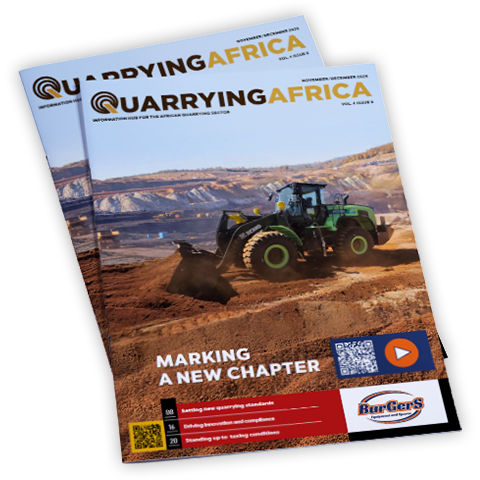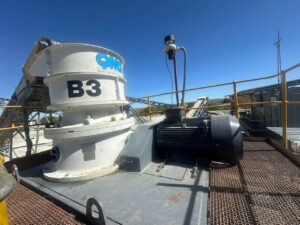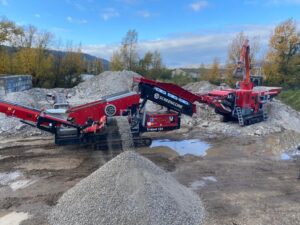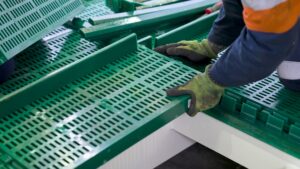Choosing the right screen media for an operation is critical to producing the highest throughput. But perhaps equally important is the way in which the screen media is installed. Proper installation, which includes accurate tightening, can make all the difference when it comes to prolonging the life of the screen, writes Lars Bräunling, director of product technology at MAJOR.
Manufacturers often offer installation guides, which should be followed closely. While specifics depend on the type of media, there are some general tips that apply to most. By following correct procedures and training, employees can ensure an efficient, secure and safe operation. Here’s how.
Before starting installation
Employees who are installing screen media should be refreshed on the basics of screen maintenance and care. Start by inspecting the condition of all vibrating screen components and replace if necessary.
Check for worn crown bars, bent clamping rails and weak or broken coil and leaf springs. Examine the machine for cracks, broken welds or loose bolts. Any issues should be repaired before proceeding with the screen media installation. Lastly, clean the decks properly, including side rails and support bars.
Correct & efficient installation
Before beginning an installation, read through the manufacturer’s instructions on the process. While likely similar, not all manufacturers’ screens follow the exact same installation process. Also, ensure the panel is the correct size and orientation before installation.
Installers should replace the crown bar rubber with each new set of screens. If the crown bar rubber isn’t installed with each new set of screens, it won’t sit properly on the crown bar and will cause the cloth to break.
Make sure all support bars touch the screen and tension matches manufacturer recommendations. If the tension is too loose, it can result in premature breakage and pose a potential increase in blinding problems.
PRO TIP: Installers should perform a string test to ensure that the screen will touch each support bar, by running a string from sideplate to sideplate over the crown bars. Pull the string tight and look for any gaps between the string and the crown bars. If there are gaps, adjust the height of the crown bars. If the gaps are not eliminated, breakage of the screen is likely to occur.
Next, line up the polyurethane strips on the screen cloth. These strips must line up with the crown bars; if they don’t, the life of the screen will be much shorter and less efficient. Check the width, length and screen ledge before continuing. If the length of the screen doesn’t match the length of the clamping rails, don’t install. Doing so can result in screen breakage during production.
For tensioned screen media, the biggest element to screen media installation is tensioning the screen. When tensioning the screen, always tighten inner clamp rail bolts first, then move on to the outside bolts. The tension of the screen should resemble that of a drum and should not flex when pressed.
Safety first
Screen installation should never be done alone. Always ensure that more than one worker is involved in the process. Make sure workers follow safety procedures – especially while working at heights – and wear proper PPE. Screen media is sharp and can be harmful if protection isn’t used, though some screens are lighter and manufactured with a shroud of metal to cover the hooks to heighten safety.
Troubleshooting & diagnostics
If screen media isn’t working correctly, look at the instruction manual from the manufacturer. Oftentimes it’s a small adjustment that could make a big impact on the efficiency of the machine.
After installing new screens, a vibration analysis should be done. Vibration analysis systems can be a useful way to not only monitor and fine tune the vibrating screen’s health, but also to spot small inconsistencies that could lead to large problems. For example, an imbalanced screen left unnoticed can lead to premature component wear or even possibly screen failure. Work with the OEM or OEM-certified dealer to conduct the analysis. Certain vibration analysis tools don’t require the machine to be shut down to conduct testing, allowing your operation to run as usual.
Improper screen media installation is the biggest cause of premature failure on a deck. Pre-emptive maintenance is key. Operations should check the installation at least once a week to ensure the screens are secure and in place. Also look at surrounding components for any potential issues, such as wear, corrosion or cracks. Properly installing the screen media combined with routine checks will help to prevent costly unplanned downtime.






